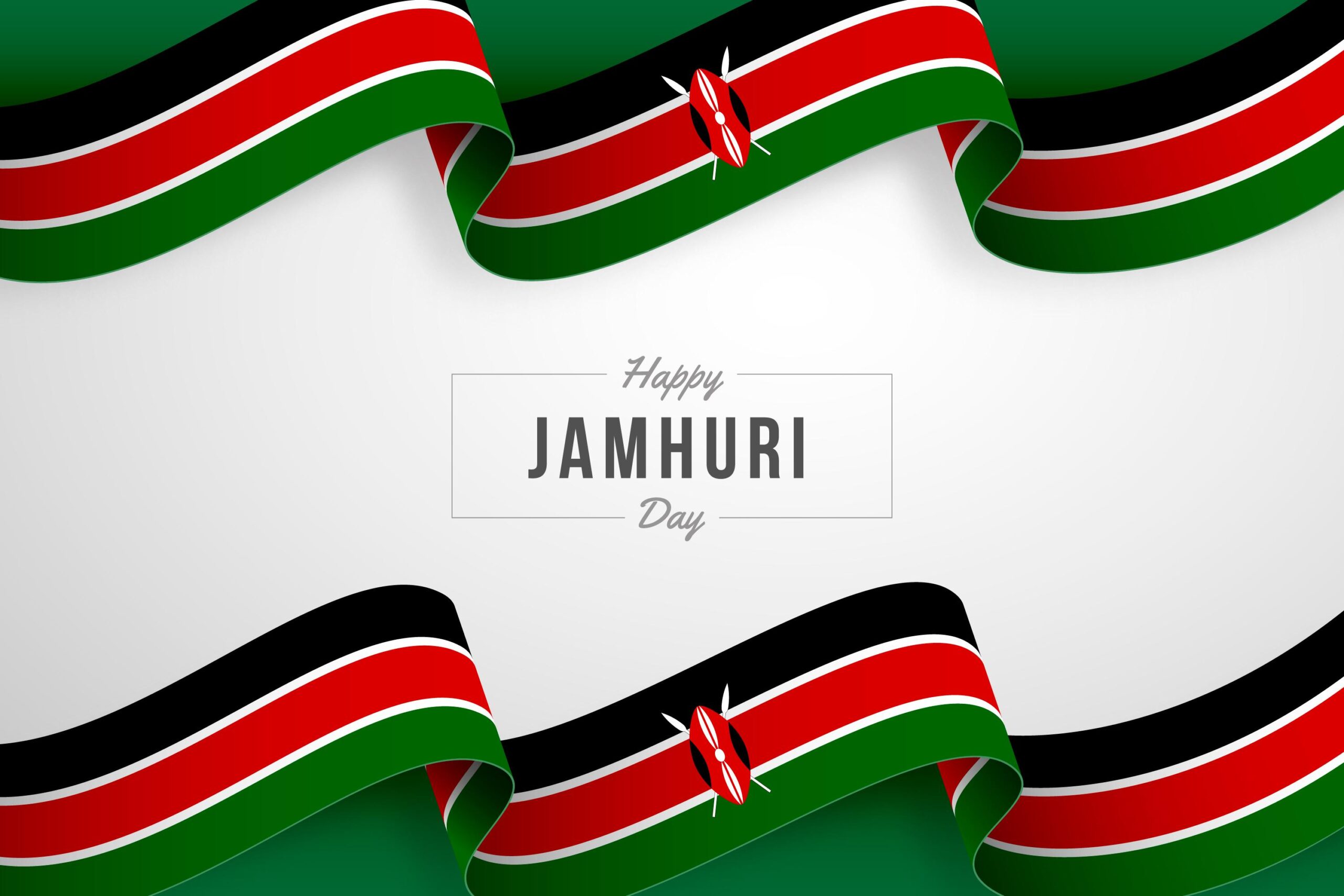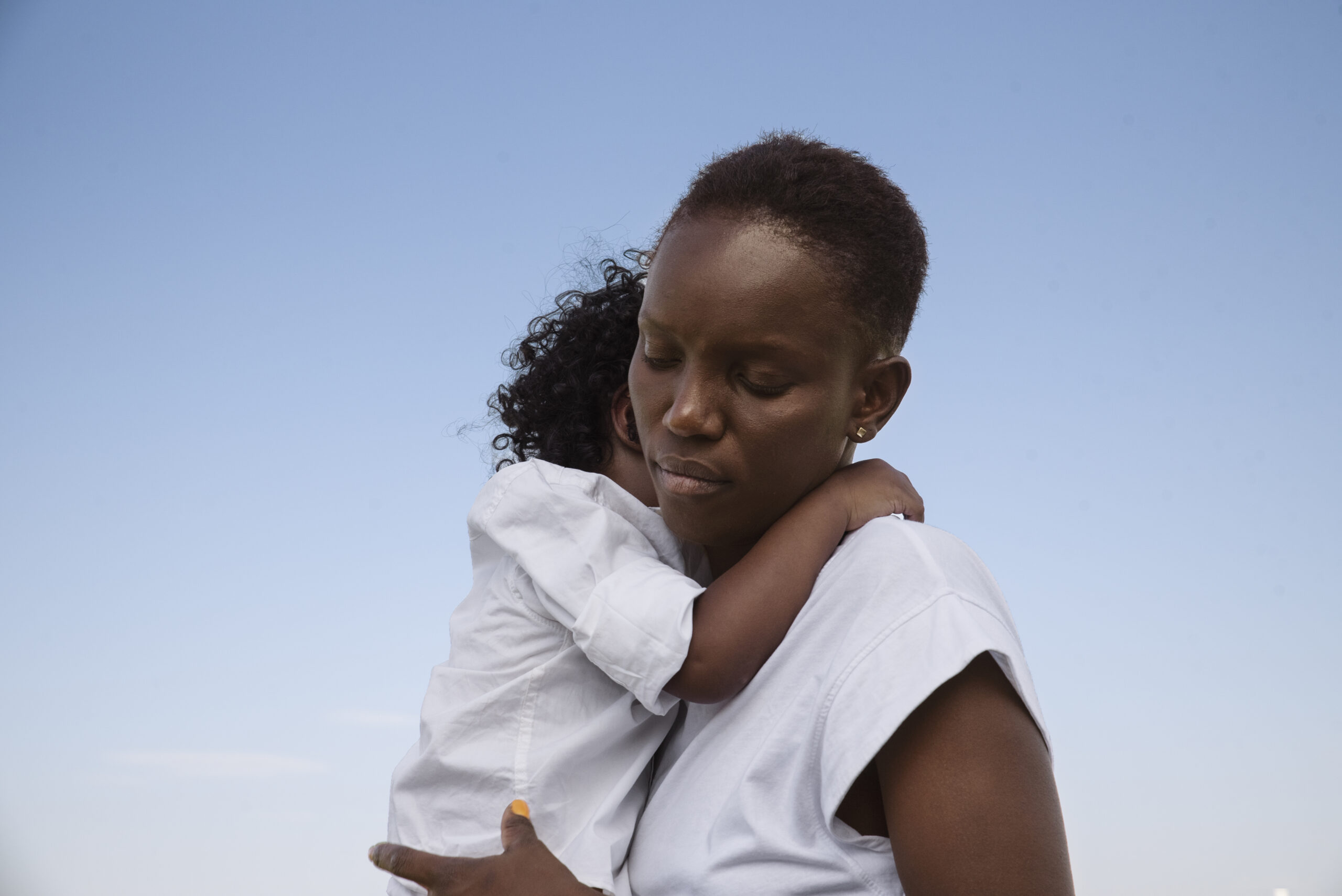African tribal marks and their meanings
Intentional scarification on the face may not be appealing to some, nevertheless, it is a rite of passage and a sign of beauty to others. Tribal marks are also used as
Intentional scarification on the face may not be appealing to some, nevertheless, it is a rite of passage and a sign of beauty to others. Tribal marks are also used as an indicator of which tribe a person belongs to. Here is an explanation of some African tribal marks and their meanings.
Fulani
Among the traditional Fulani, a tribe with perhaps the widest geographical dispersion in all of Africa, men and women wear white cotton fabric adorned with intricate embroidery featuring a combination of primary colors.
The women decorate their hair with a collection of beaded accessories, cowries, and coins. For their part, men wear a distinctive colorful hat that is both aesthetic and practical.
The traditional Fulani favor the heavy usage of henna, a strong natural dye that leaves black marks on the skin. The henna dye is used to draw temporary tattoos across the feet, palms, and face.
Bor Dinka
This mark is indigenous to the Bor Dinka people of South Sudan. It is said that this marking was used as an indicator of a male child belong to a particular lineage.
Gar
The Gar marking is done by the Nuer people in South Sudan and southwestern Ethiopia. Scars are usually unique within each tribe, nonetheless, the most common include the men having six parallel horizontal lines across the forehead with an on top of the nose indentation and the women usually adorn dotted patterns across their skin.
Dinka
Dinka man with tribal markings…photo credit: The List
The Dinka tribe comprises of many ethnic groups and each practice unique religions. They inhabit the East and West Banks of River Nile, from Mangalla to Renk, regions of Bahr el Ghazal, Upper Nile and Abyei Area of the Angok Dinka in South Khordofan of Sudan.
Their tribal marks are comprised of several lines carved on the forehead on each side ultimately forming a V shape. This is done to signify the transition from a boy to a man; if the boy screams or shows signs of being in pain, he is characterized as being weak.
Bétamarribé
Usually performed on girls from Benin, these tribal marks consist of a grid pattern on the face. It is said the marking is to suggest plant growth; which is a metaphor for child-bearing and the well-being of one’s household.
Woodaabe
The Woodaabe, Mbororo, or Bororo tribe are a sub-group of the Fulani tribe. The women adorn various patterns of tribal marks on their face which are then dyed to enhance the scar’s appearance. It is said the marks are to block evil spirits and for beautification purposes.
This is not an extensive list of the unique body markings performed throughout the continent. Nevertheless, it is important to note that though these traditions have a significant meaning, they are becoming less important in many tribes especially because it is done at an early age. Some countries are beginning to impose fines and jail time for those who perform body markings. This is said to be done to protect the welfare of children.




